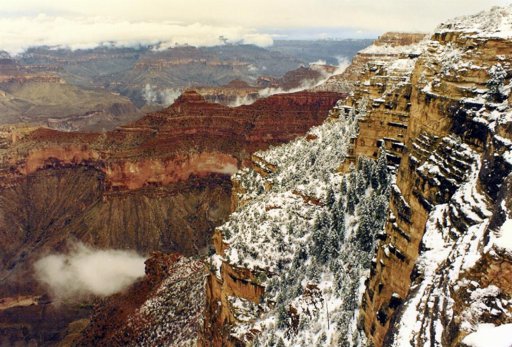Layers of the Earth: What's Inside the Earth?

In 1906, R. D. Oldham, using graphs of travel times of seismic waves from earthquakes, was the first to discover a layering structure of the Earth. He noticed significant inconsistencies in his graphs: some of the seismic waves that were far away from the source of the earthquake had longer travel times than predicted. Using this information, he hypothesized that the waves must be traveling through some kind of central core. If this were indeed the case, then some waves should be seen to bounce back to the surface of the Earth. Later, in 1914, Professor Beno Gutenberg confirmed that this was true and was able to use this information to estimate the depth of the core.
In 1936, Inge Lehmann, a prominent Danish scientist, after experimentation with a two-layer model of the Earth, concluded that there must a small inner core within the core predicted earlier. She reached this conclusion by making more detailed observation of travel times of waves and constructed a new model containing three layers which was consistent with recorded results.
Both Oldham and Lehmann constructed models using straight lines to show the paths of seismic waves. However, even though it is now known that these waves travel in curved paths (shown in the figure to the right) in the following study, for simplicity, we will look a model similar to Oldham's depicting a two-layer planet with straight line paths for seismic waves.